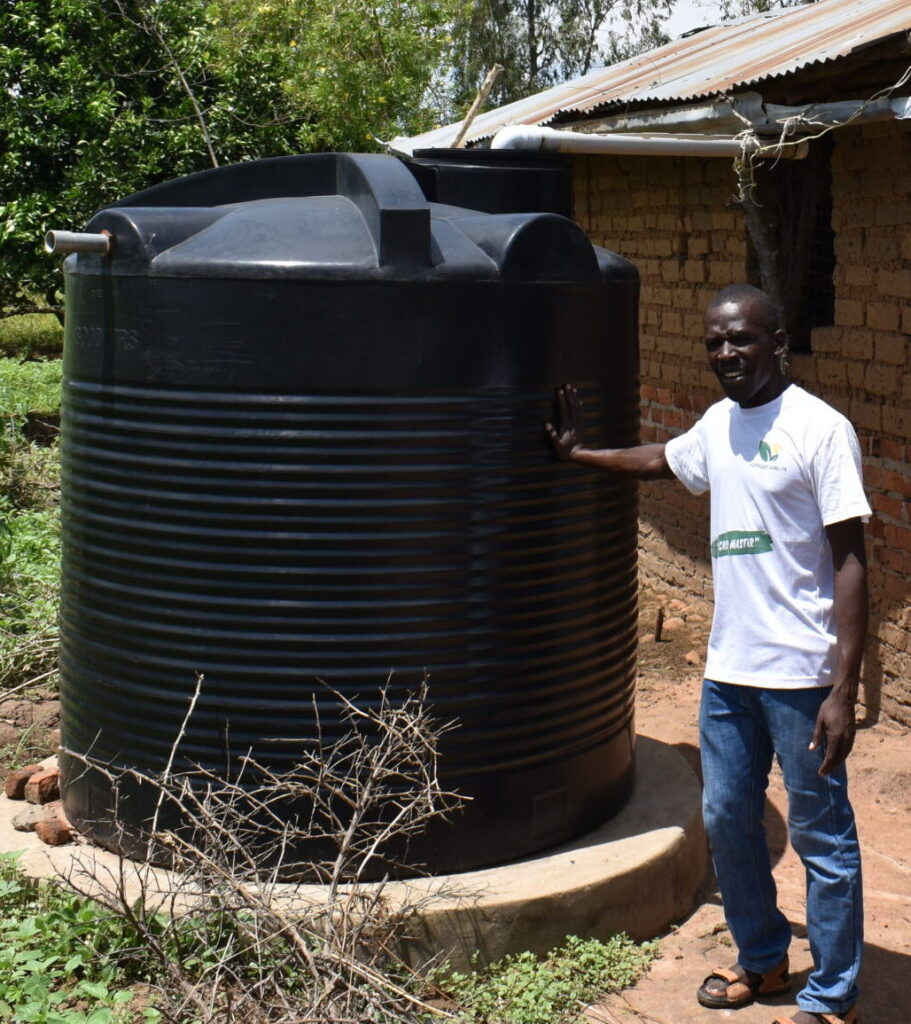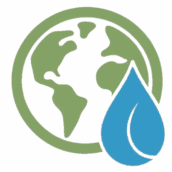The Problem
How A Crisis threatens Smallholder Farmers
By 2030, global freshwater demand is projected to exceed supply by approximately 40%¹. Today, over 2.2 billion people already live in water-stressed countries², and by 2040, one in four children may reside in areas with extreme water scarcity³.
Smallholder farmers in low- and middle-income countries (LMICs) are among the most impacted. Relying on rainfed agriculture, they face increasing risks from prolonged droughts, erratic rainfall patterns, and rising temperatures⁴⁵.
These climate shocks are already fueling widespread food insecurity. In Eastern and Southern Africa alone, over 90 million people faced acute hunger due to prolonged drought in 2025⁶. Without adaptation, up to 183 million more people worldwide may face hunger by mid-century⁷.
Meanwhile, agriculture’s growing demand for freshwater is depleting groundwater reserves far faster than they can be replenished⁸, triggering land subsidence and reduced access for communities. Over one-third of irrigated lands now suffer from salinization or waterlogging⁹. In tropical and subtropical zones, a shortening wet season and longer dry spells are destabilizing planting cycles¹⁰.
Although smart irrigation can help, most existing solutions are designed for well-resourced, large-scale farms. These systems are often too expensive, too complex, and too reliant on stable electricity and internet—barriers that keep them out of reach for the smallholder farmers who need them most.
Benad Okolimong, 38-year-old farmer and father of two, Ngora District, Uganda:
“I need irrigation to cultivate crops in the dry seasons. In recent years, the dry seasons have lasted longer, and droughts have become more frequent. The ground level is sinking, and competition for water within the community is increasing.”

References
- World Bank. (2024), Water Resources Management Overview. https://www.worldbank.org/en/topic/waterresourcesmanagement
- UN Water. (2023), Summary Progress Update 2023 – SDG 6. https://www.sdg6data.org
- (2022), The Climate Crisis is a Child Rights Crisis. https://www.unicef.org/reports/climate-crisis-child-rights-crisis
- (2021), Climate Change 2021: The Physical Science Basis. https://www.ipcc.ch/report/ar6/wg1/
- (2021), The State of the World’s Land and Water Resources. https://www.fao.org/publications/solaw-2021/en/
- The Guardian. (2025), “Droughts Worldwide Pushing Tens of Millions Toward Starvation.” https://www.theguardian.com/environment/2025/jul/02/droughts-worldwide-pushing-tens-millions-starvation-report

